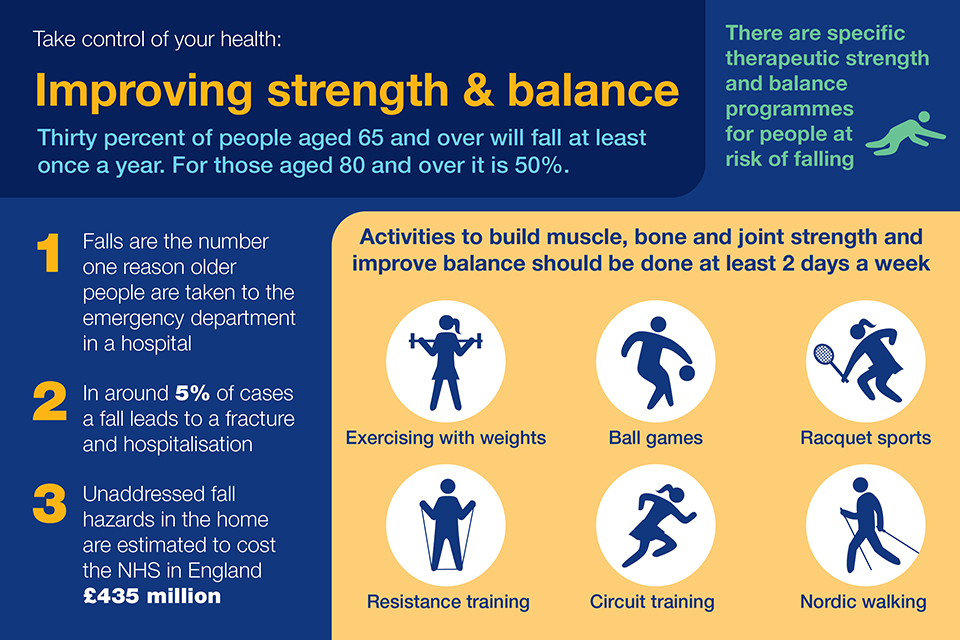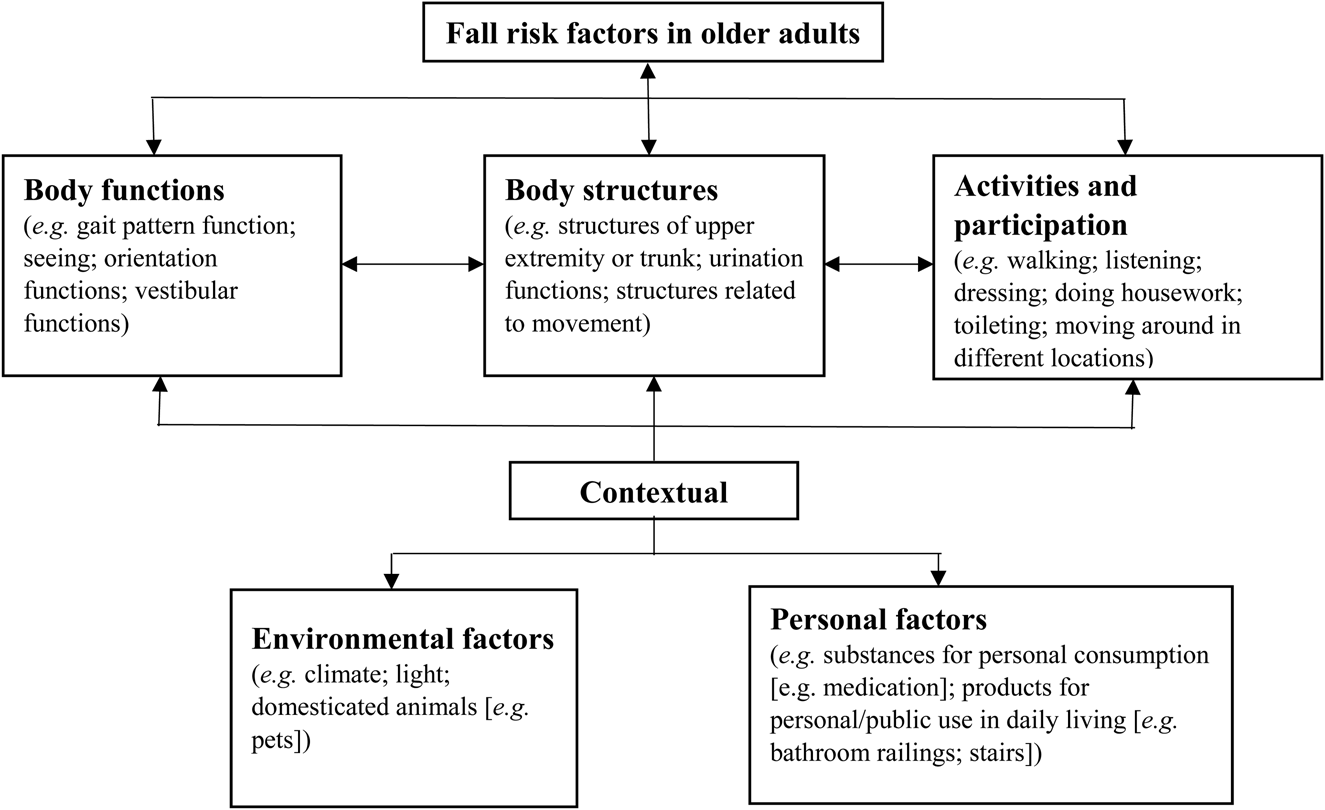The Definitive Guide for Dementia Fall Risk
Table of ContentsRumored Buzz on Dementia Fall RiskSome Ideas on Dementia Fall Risk You Should KnowFacts About Dementia Fall Risk RevealedExcitement About Dementia Fall RiskThe smart Trick of Dementia Fall Risk That Nobody is Discussing
The FRAT has three areas: drop risk condition, danger factor list, and action plan. An Autumn Danger Condition consists of information regarding history of recent drops, drugs, mental and cognitive status of the client - Dementia Fall Risk.If the client scores on a danger aspect, the equivalent number of factors are counted to the individual's loss threat score in the box to the much ideal. If a client's fall threat score completes 5 or higher, the person goes to high threat for drops. If the individual ratings only four factors or lower, they are still at some danger of dropping, and the registered nurse ought to utilize their ideal scientific assessment to take care of all loss threat factors as component of an alternative care plan.
These typical strategies, in general, assist create a secure atmosphere that minimizes unintended drops and delineates core preventative actions for all people. Indicators are crucial for individuals at risk for falls.
Unknown Facts About Dementia Fall Risk
For instance, wristbands should consist of the individual's last and given name, date of birth, and NHS number in the UK. Details need to be printed/written in black versus a white history. Only red shade ought to be made use of to indicate special client standing. These recommendations follow existing growths in individual identification (Sevdalis et al., 2009).
Things that are also far might call for the client to get to out or ambulate unnecessarily and can potentially be a threat or add to falls. Helps avoid the patient from going out of bed without any assistance. Registered nurses reply to fallers' phone call lights faster than they do to lights started by non-fallers.
Visual problems can substantially trigger falls. Hip pads, when put on effectively, might decrease a hip fracture when autumn occurs. Keeping the beds closer to the flooring lowers the danger of drops and significant injury. Positioning the bed mattress on the floor dramatically reduces fall threat in some medical care settings. Reduced beds are made to reduce the range a person falls after moving out of bed.
Dementia Fall Risk - The Facts
Patients that are high and with weak leg muscular tissues who attempt to rest on the bed from a standing position are most likely to fall onto the bed since it's as well reduced for them to reduce themselves safely. If a high his comment is here individual efforts to obtain up from a reduced bed without help, the individual is likely to fall back down onto the bed or miss out on the bed and drop onto the flooring.
They're created to promote timely rescue, not to stop drops from bed. Audible alarms can likewise advise the individual not to obtain up alone. Using alarm systems can additionally be a replacement for physical restrictions. Apart from bed alarm systems, increased guidance for high-risk individuals also might help prevent falls.

Patients with an evasion stride rise loss possibilities drastically. To reduce fall risk, footwear should be with a little to no heel, thin soles with slip-resistant walk, and sustain the ankle joints. Recommend client to make use of nonskid socks to protect against the feet from moving upon standing. However, motivate patients to put on appropriate, well-fitting shoesnot nonskid socks for ambulation.
Rumored Buzz on Dementia Fall Risk
In a research, homes with sufficient lighting report fewer drops (Ramulu et al., 2021). Enhancement in illumination at home may decrease autumn prices in learn the facts here now older grownups.

Sitters work for guaranteeing a protected, safeguarded, and secure setting. Nonetheless, researches demonstrated extremely low-certainty proof that caretakers decrease fall risk in intense care healthcare facilities and only moderate-certainty that options like video surveillance can minimize sitter use without boosting fall danger, suggesting that sitters are not as useful as initially thought (Greely et al., 2020).
An Unbiased View of Dementia Fall Risk

Enhanced physical fitness decreases the danger for drops and restricts injury that is sustained when loss transpires. Land and water-based workout programs may be likewise beneficial on balance and stride and thereby decrease the risk for falls. Water exercise might contribute a positive benefit on balance and stride for females 65 years and older.
Chair Surge Exercise is a straightforward sit-to-stand workout that helps strengthen the muscles in the upper legs and buttocks and boosts mobility and freedom. The goal is to do Chair Surge exercises without using hands as the customer becomes more powerful. See resources area for a thorough guideline on how to execute Chair Surge exercise.